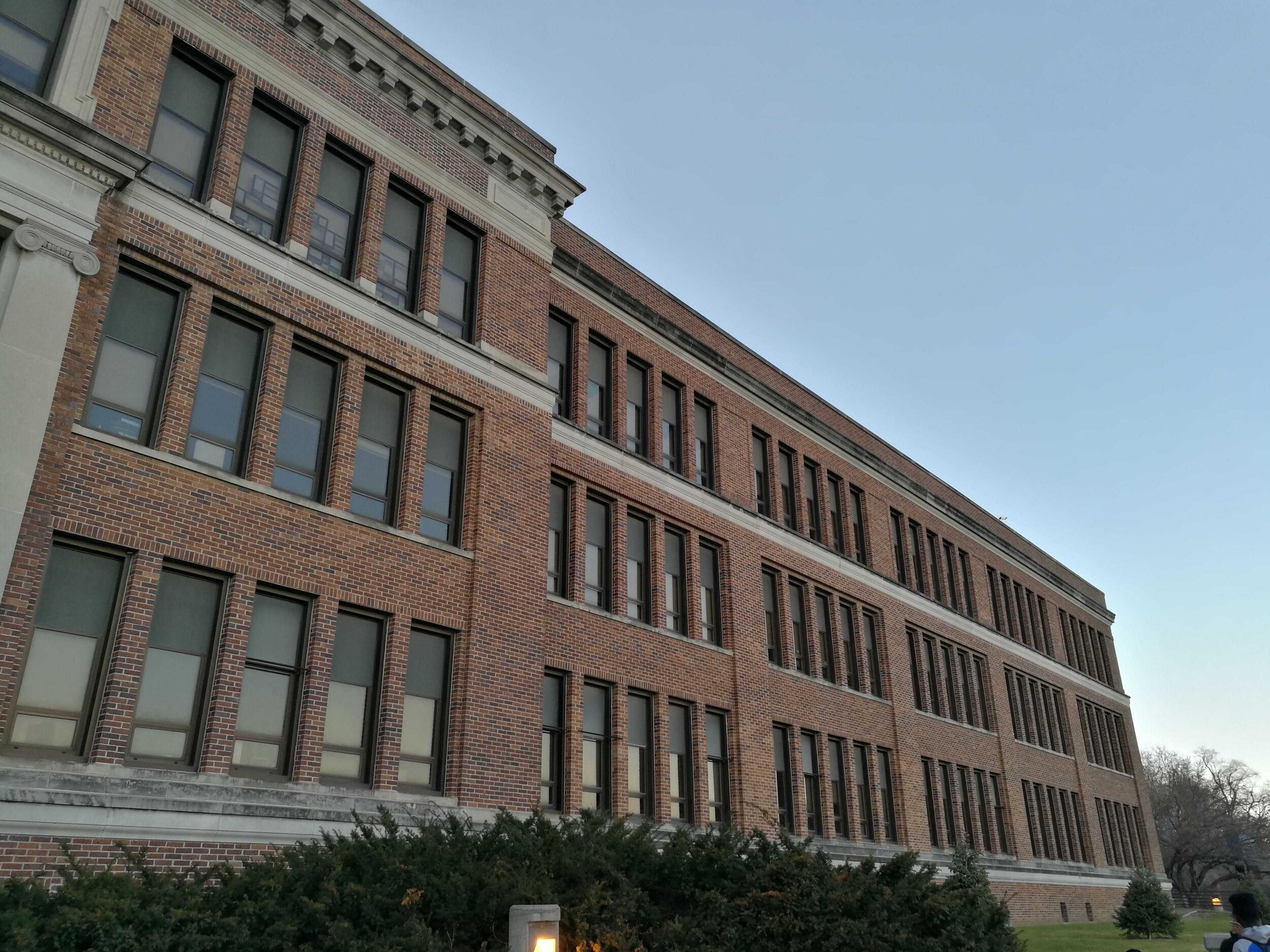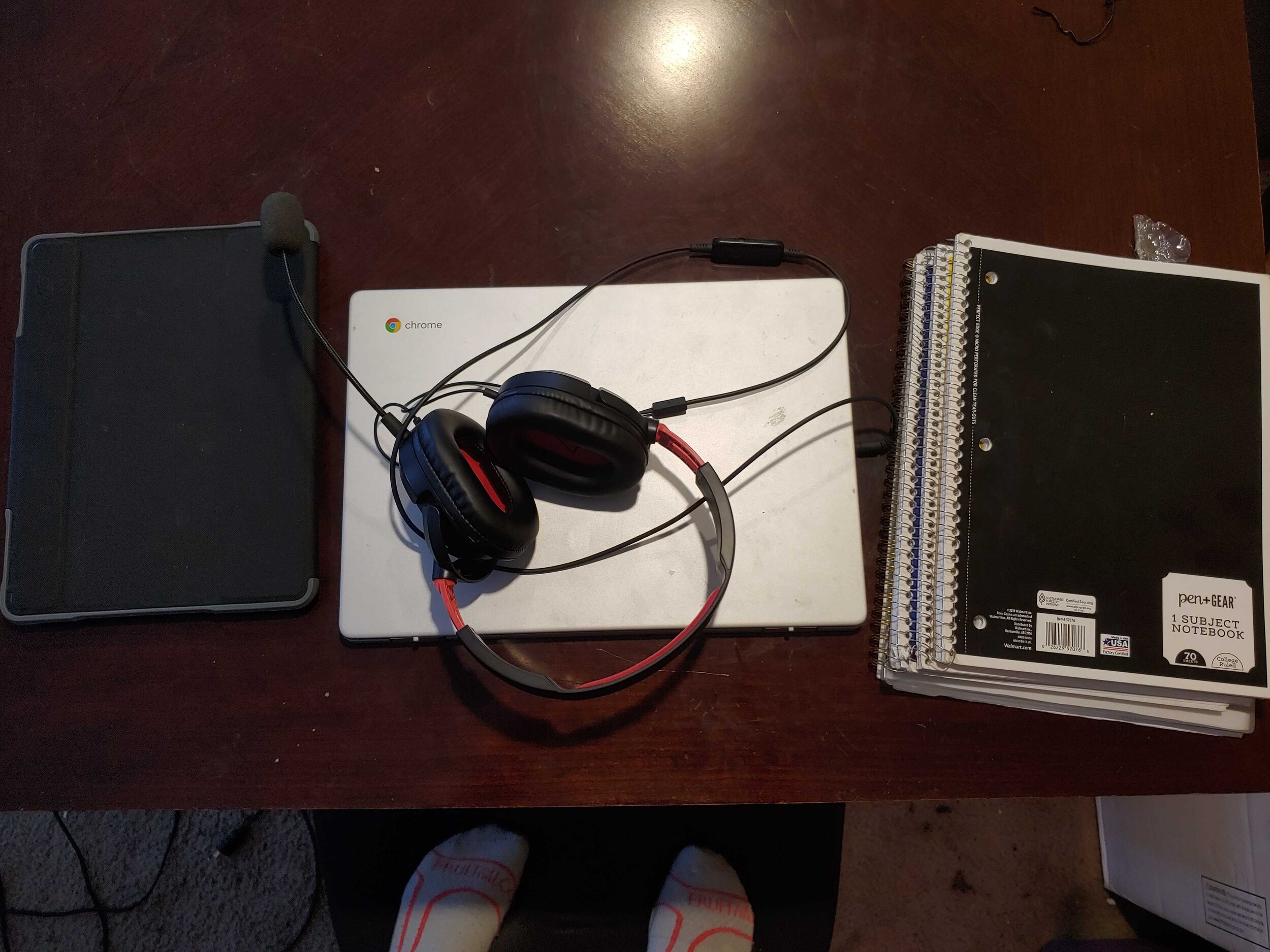Checking in with a North High Student at The Close of 2020
Editorial by Madison Johnson
As we reflect on the first semester of school and how rough it has been on everyone involved, I think it's important to hear the voices of the people walking the halls and participating in the so-called, “3-2 model” of scheduling that was adopted by school districts nationwide including Omaha Public Schools. Lauren Marshall and Anne Larsen are two seniors at Omaha North High School who were interviewed about their experiences and thoughts on being at school in person and the new policies they experienced in 2020.
By October, seven months had passed since students were last physically at school in person, so I asked what had changed during this time. Anne said she felt less exposed to the virus at the beginning of the pandemic because she didn’t have a job and wasn’t in school, but now that she's back at school and working, she has less control over her risk of getting COVID-19, and that's concerning with the cases rising in the state. Lauren spoke about this with a more academic lens,
“We have more of a structured virtual schedule so we actually have our classes online rather than just having an assignment a week which I like because I’m actually doing something and learning something.”
Of course, along with the changes mentioned above, there were also changes and policies to prevent the spread of COVID-19. When asked about these, Anne expressed her disdain for the 3-2 model, explaining how she doesn't get to socialize nor does she feel her classes are improved by being in person. In addition, she has anxiety due to the risk of rising COVID cases and not knowing the people in a lot of her classes. Lauren suggested that we shouldn't have gone back at all until it was safe to go back entirely, pointing out how the 3-2 model made it difficult for parents to arrange for child care.
Along with that, some people needed the stability of a fixed schedule, something that they didn't have with the alternating Wednesdays and chance of moving to fully remote at a moment's notice. Within the school itself, they explained that teachers were disinfecting everything, but classrooms just weren't big enough for social distancing and especially during passing periods.
Of course, not everything can fall on the teachers; the students have to do their part too. So I asked Anne and Lauren if other students were following the policies. While Anne quickly responded yes, Lauren explained how they had watched one student pull down his mask to talk to an administrator after being asked to pull it up over his nose.
My final question to the pair was about their feelings on being physically in school; both said that they felt unsafe and were planning to or had already stopped going. I think it says a lot that despite everything, both these students still feel unsafe at school. Maybe we should have waited until it was safe to go back entirely in-person to be physically in the school building at all. There is other evidence to support this, such as the nearly daily new positive COVID tests coming out of North High.
Of course, these are just the reflections of two students, not the student body as a whole, and because students are not involved in the decision making process, we just have to wait and see what the second semester will bring.




